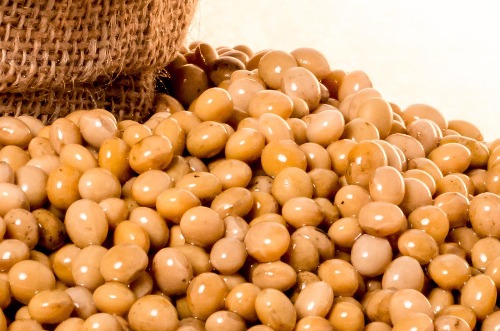Poor South American Soybean Fundamentals and Other Macroeconomic Factors Point to Bullish Prices Going to H2 2022

Global soybean availability is tight at present, and it is expected to remain until the end of the year. Brazil, Argentina, and Paraguay which produce over half of the world's soybean supply are expected to have a smaller harvest this season. Production for the 2021/22 marketing year according to data from the EU Commission is 354 million metric tonnes down 5% from the previous year.
Weighed down by Brazilian soybean production forecast by the USDA to be down 7 million metric tonnes to 127 million mt. Downward revision has been necessary owing to drought-like conditions in soy growing states such as Rio Grande do Sul, Parana, Santa Carina and some parts of Mato Grosso do Sul. Even more, worrying in Brazil is that there would be further losses to the crop if the weather does not improve.
Bullish sentiments coming out of Argentina put their soybean crop at 43.5 million mt down 6% YoY. In Argentina, conditions have been worse than normal. La Nina has caused severe dryness in agricultural crops heavy provinces such as Entre Rios, Santa Fe and Cordoba. In Paraguay, another major soybean production country initial estimates of 164 million metric tonnes could be halved to 82 million mt - that would be the lowest crop in 10 years. Like the situation in Argentina, the downgrade has been necessitated by the effects of La Nina.
The market is now shifting focus to weather in the US as planting progresses. A recent prospective plantings report from USDA estimated soybean plantings to be around 90.9 million acres while production is predicted to be up to 120 million mt.
The geopolitical tension in the Black Sea is seriously rattling oilseeds and other commodity markets. Oilseed sunflower and sunflower oil supplies have been disrupted and a shortage of the same is obvious. With a significant number of sunflower seeds and sunflower oil trade not happening, buyers are going in for substitute oils such as soybean oil and palm oil. Against this backdrop, oilseeds and oil prices have thus stayed elevated in recent weeks. With all signs pointing to tight global oilseeds and vegetable supply and demand balance, soybean prices may stay on the upper end of the price band going to the first half of the year.



